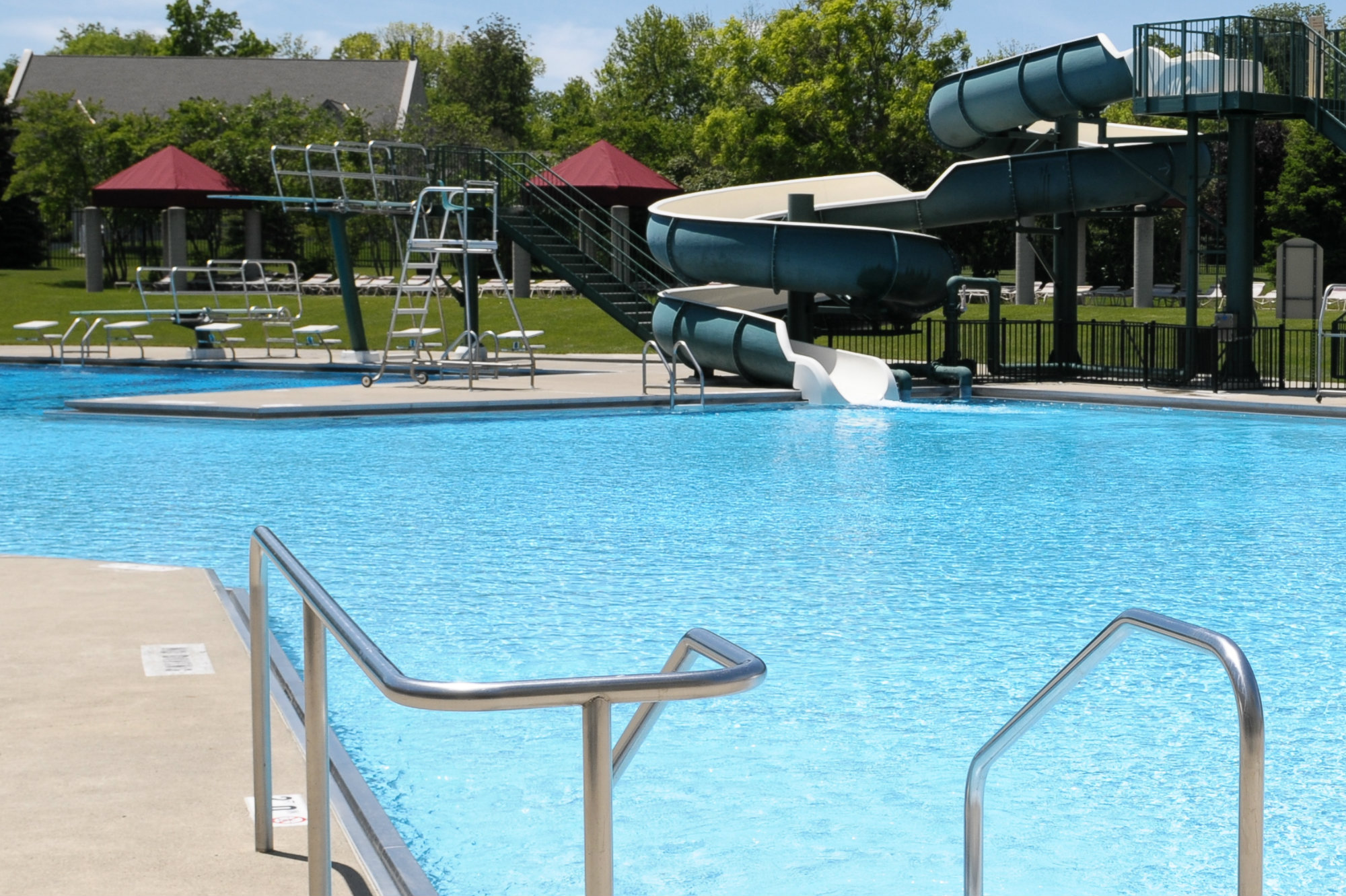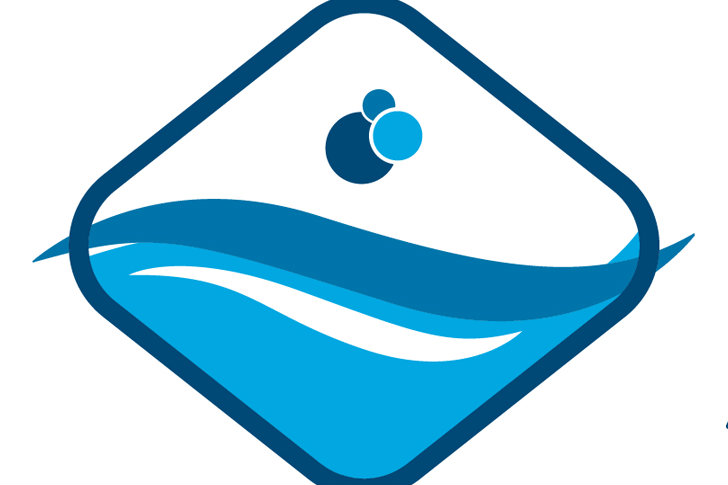The groups behind the industry’s two primary model codes are working together to more closely align their language.
The Association of Pool & Spa Professionals and the groups behind the Model Aquatic Health Code have agreed to make certain changes to their respective model codes to minimize conflicts.
But making these changes does not occur as simply as a handshake. Both the MAHC and the International Swimming Pool and Spa Code (ISPSC) require formal processes for rewrites during their three-year rewriting cycles.
APSP hit its first milestone in April, after voters on the ISPSC approved 15 change proposals that it submitted as a result of the meetings with the MAHC organizers.
The process began in October, partly as the result of a confrontation that took place between representatives of the two codes over the summer. The state of Arizona had begun exploring how to update its public pool rules, when it announced that the Model Aquatic Health Code would serve as a resource. APSP objected, after which the Arizona Department of Environmental Quality started from scratch and began reviewing the two model codes.
In autumn, APSP representatives met with members of the Council for the Model Aquatic Health Code (CMAHC) and the Centers for Disease Control and Prevention, in the hopes of syncing up the content of their respective codes. The ISPSC, written by APSP and the International Code Council (ICC), pertains to residential and commercial installations. On the other hand, the MAHC, which falls under the jurisdiction of the CDC, addresses commercial pools, spas and aquatics centers. Both are model codes, which means they only take effect in jurisdictions that choose to adopt them.
Professionals became concerned that, should a jurisdiction adopt one code for the building side and the other for health departments to enforce, inconsistencies would become difficult to manage. “… You want to make sure that you’ve limited inconsistencies between the two groups, and you minimize issues with dual jurisdiction between building code officials and public health officials,” said Michael Beach, the CDC official who oversees the MAHC.
As a result of the meetings, APSP made its 15 change requests for the ISPSC, all of which were mutually agreed upon by the ISPSC and MAHC camps.
“I think the October meeting was really a great meeting, very refreshing,” said Beach, the CDC’s deputy director, Division of Foodborne, Waterborne, and Environmental Diseases and associate director for healthy water. “I think we made great headway, which is why we’re going to be working together.”
All 15 change requests have passed to the next phase, which involves another hearing. But now, for a change requests to fail, two thirds of voters would have to give it the thumbs-down. So the proposals have passed their highest hurdle, said APSP Technical Committee Chair Steve Barnes. “There was no one speaking in opposition [to the proposals] other than nuances on commas and minor details,” he said. “So I anticipate that all these will ultimately make it into the 2021 edition.”
Including APSP’s, there were approximately 50 change requests for the ISPSC. Those that passed the first round are expected to be published in May, with a public comment period to follow. Final hearings take place in October.
To promote consistent language in the future, a standing committee will form, containing representatives of both codes. In the future, they will look at adjustments to the MAHC, which also undergoes revision every three years. The most recent version was just completed and is expected to be released in July, so it will not come up for review until the 2021 cycle begins. At that time, the MAHC contingent is expected to advocate for other changes agreed upon by both groups.
“I think it’s a milestone event,” Barnes said. “If this goes through, we will be harmonized with the MAHC, or at a minimum of conflicts.”



